Home>Furniture & Design>Outdoor Furniture>How To Make Outdoor Ac Unit Quieter
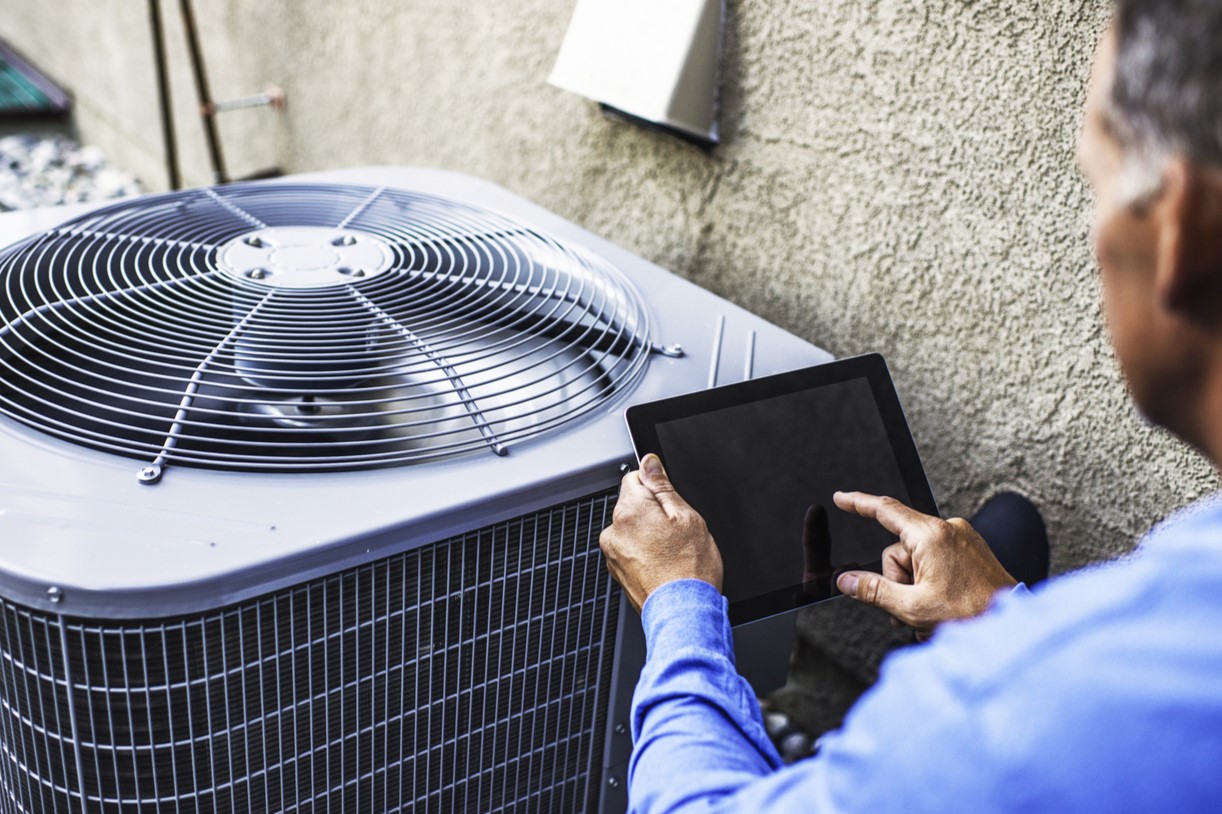

Outdoor Furniture
How To Make Outdoor Ac Unit Quieter
Modified: August 24, 2024
Learn effective tips to make your outdoor AC unit quieter and enjoy a peaceful outdoor experience with our expert outdoor furniture and design solutions.
(Many of the links in this article redirect to a specific reviewed product. Your purchase of these products through affiliate links helps to generate commission for Storables.com, at no extra cost. Learn more)
Introduction
Welcome to the serene and inviting world of outdoor living spaces. As you bask in the warm embrace of the sun or unwind under the starlit sky, the last thing you want is the intrusive hum of an outdoor AC unit disrupting the tranquility. Fear not, for in this guide, we will delve into the art of making your outdoor AC unit quieter, allowing you to revel in the peaceful ambiance of your outdoor oasis without the unwelcome accompaniment of noise pollution.
Whether you are enjoying a leisurely afternoon lounging on your patio or hosting a lively gathering in your backyard, the ambiance is paramount. A quiet outdoor AC unit can make a world of difference, seamlessly blending into the background while ensuring optimal comfort. Let's embark on this journey to transform your outdoor space into a haven of tranquility, where the gentle rustle of leaves and the melodious chirping of birds take center stage, undisturbed by the clatter of an unruly AC unit.
Key Takeaways:
- Embrace tranquility in your outdoor space by strategically placing your AC unit and exploring soundproofing options to reduce noise and create a peaceful ambiance for relaxation and social gatherings.
- Regular maintenance of your outdoor AC unit is key to minimizing noise disturbances, ensuring smooth and quiet operation, and enhancing the enjoyment of your outdoor living area.
Read more: How To Make A Room Cool Without AC
Understanding the Noise
Before delving into the strategies for reducing the noise generated by your outdoor AC unit, it’s essential to understand the sources of the disturbance. The noise produced by an outdoor AC unit can emanate from various components and activities associated with its operation.
One of the primary sources of noise is the compressor, which is responsible for circulating the refrigerant and facilitating the heat exchange process. Additionally, the condenser fan, responsible for dissipating heat, can contribute to the overall noise output. Furthermore, the vibrations generated during the unit’s operation can resonate through the structure on which it is placed, amplifying the perceived noise levels.
Understanding the specific sources of noise is crucial in formulating an effective strategy to mitigate them. By pinpointing the primary culprits, you can tailor your approach to address each source of noise systematically, resulting in a more comprehensive and sustainable solution.
It’s also important to consider the environmental factors that can exacerbate the perceived noise levels. For instance, the proximity of neighboring structures or the reflective surfaces in your outdoor space can impact the way sound travels, potentially amplifying the noise generated by the AC unit.
By gaining a deeper understanding of the intricacies of outdoor AC unit noise, you can approach the task of reducing it with clarity and precision, ultimately creating a more serene and enjoyable outdoor environment for yourself and your guests.
Location and Placement
The strategic positioning of your outdoor AC unit plays a pivotal role in minimizing its impact on the overall ambiance of your outdoor space. When considering the placement of the unit, several factors should be taken into account to optimize its performance while mitigating noise disturbances.
First and foremost, the distance between the outdoor AC unit and areas where you and your guests frequent should be carefully evaluated. Placing the unit farther away from the primary gathering spots can significantly reduce the perceived noise levels, allowing for a more tranquil outdoor experience. Additionally, positioning the unit behind landscaping features, such as shrubbery or decorative screens, can act as a natural sound barrier, further dampening the noise.
Furthermore, the surface on which the outdoor AC unit rests can influence its noise output. Ensuring that the unit is placed on a stable and vibration-absorbing platform can help minimize the transmission of vibrations to the surrounding structures, thereby reducing the overall noise levels. Additionally, exploring the option of installing a concrete pad or rubber isolation pads beneath the unit can further attenuate the vibrations and subsequent noise.
Consider the surrounding structures and surfaces that may reflect or amplify the noise produced by the outdoor AC unit. By strategically placing sound-absorbing materials, such as acoustic panels or dense foliage, you can mitigate the reverberation of sound waves, effectively diminishing the impact of the unit’s operation on the overall acoustic environment of your outdoor space.
Ultimately, thoughtful consideration of the location and placement of your outdoor AC unit can yield substantial reductions in noise levels, fostering a more peaceful and enjoyable outdoor setting for relaxation and entertainment.
Consider installing a soundproofing fence or barrier around the outdoor AC unit to reduce noise. Materials like wood, vinyl, or composite can help absorb and block the sound.
Soundproofing Options
When seeking to make your outdoor AC unit quieter, exploring soundproofing options can offer effective solutions to mitigate the noise it generates. From simple modifications to more advanced soundproofing techniques, a range of strategies can be employed to create a more tranquil outdoor environment.
One approach to soundproofing an outdoor AC unit involves the installation of a sound-dampening enclosure or barrier around the unit. These enclosures, typically constructed of sound-absorbing materials such as dense foam or specialized acoustic panels, serve to contain and diminish the propagation of noise. By strategically designing and positioning the enclosure, you can effectively reduce the transmission of sound waves, resulting in a quieter outdoor space.
Exploring landscaping options can also contribute to soundproofing your outdoor AC unit. Introducing dense vegetation, such as hedges or bushes, around the unit can serve as a natural sound barrier, absorbing and diffusing the noise produced. Additionally, the strategic placement of outdoor furniture or decorative screens can help deflect and absorb sound waves, further contributing to the overall reduction of noise levels.
Another soundproofing technique involves the installation of acoustic panels or sound-absorbing materials on nearby surfaces, such as walls or fences. These panels are designed to capture and dissipate sound energy, effectively reducing the reverberation and reflection of noise in the outdoor space. By strategically positioning these panels, you can create zones of tranquility, shielding specific areas from the noise generated by the outdoor AC unit.
For those seeking a more comprehensive soundproofing solution, the installation of a dedicated sound barrier, such as a fence or wall, can significantly attenuate the impact of the outdoor AC unit’s noise. These barriers, constructed with sound-absorbing materials and designed to minimize sound transmission, can create a more secluded and peaceful outdoor environment, shielding your space from unwanted noise pollution.
By exploring these soundproofing options and tailoring them to suit your outdoor space, you can effectively mitigate the impact of your outdoor AC unit’s noise, creating an inviting and serene atmosphere for relaxation and social gatherings.
Regular Maintenance
Ensuring that your outdoor AC unit operates at optimal efficiency not only contributes to its longevity but also plays a crucial role in minimizing noise disturbances. By adhering to a regular maintenance regimen, you can address potential sources of noise and uphold the unit’s performance, fostering a quieter outdoor environment.
One fundamental aspect of regular maintenance involves keeping the outdoor AC unit clean and free of debris. Over time, leaves, dirt, and other environmental debris can accumulate in and around the unit, obstructing airflow and impeding its ability to operate smoothly. Regularly clearing away these obstructions can prevent strain on the unit, reducing the likelihood of noisy operation due to airflow restrictions or mechanical inefficiencies.
Furthermore, inspecting and replacing worn or damaged components, such as fan blades or vibration dampers, can contribute to noise reduction. Vibrations resulting from worn components can amplify the overall noise output of the unit. By promptly addressing these issues through routine inspections and replacements, you can maintain the unit’s smooth and quiet operation.
Another crucial aspect of maintenance involves lubricating moving parts and ensuring that the unit’s mechanical components are properly aligned. Over time, friction and misalignment can lead to increased noise levels as the unit operates. Regular lubrication and alignment adjustments can mitigate these issues, promoting quieter operation and optimal performance.
Regularly scheduled professional maintenance, including inspections and tune-ups, can also play a pivotal role in noise reduction. Qualified technicians can identify and address potential sources of noise, fine-tune the unit’s components, and optimize its overall performance, ultimately contributing to a quieter outdoor environment.
By incorporating regular maintenance into your outdoor AC unit care routine, you can proactively address potential sources of noise and ensure that the unit operates smoothly and quietly, allowing you to fully enjoy the tranquility of your outdoor living space.
Read more: How To Make An AC
Conclusion
Transforming your outdoor space into a serene and inviting haven, free from the disruptive hum of an outdoor AC unit, is an achievable endeavor. By understanding the sources of noise, strategically positioning the unit, exploring soundproofing options, and prioritizing regular maintenance, you can significantly reduce the impact of noise disturbances, creating a more tranquil outdoor environment for relaxation and social gatherings.
Through thoughtful consideration of the unit’s placement and the implementation of soundproofing measures, such as enclosures, landscaping, and acoustic panels, you can effectively mitigate the transmission of noise, fostering a more peaceful outdoor setting. Additionally, embracing a proactive approach to regular maintenance, including cleaning, component inspections, and professional tune-ups, can uphold the unit’s smooth and quiet operation, enhancing your outdoor experience.
As you embark on this journey to make your outdoor AC unit quieter, remember that each step taken toward noise reduction contributes to the overall ambiance of your outdoor space. Whether you seek a tranquil retreat for personal relaxation or an inviting setting for entertaining guests, the efforts invested in minimizing noise disturbances will undoubtedly enhance the enjoyment of your outdoor living area.
By embracing the strategies outlined in this guide and customizing them to suit your unique outdoor space, you can create an idyllic retreat where the gentle rustle of leaves and the harmonious sounds of nature take precedence, undisturbed by the noise of an outdoor AC unit. Embrace the transformation and savor the serenity of your outdoor oasis, where every moment is accompanied by the soothing symphony of nature.
Frequently Asked Questions about How To Make Outdoor Ac Unit Quieter
Was this page helpful?
At Storables.com, we guarantee accurate and reliable information. Our content, validated by Expert Board Contributors, is crafted following stringent Editorial Policies. We're committed to providing you with well-researched, expert-backed insights for all your informational needs.




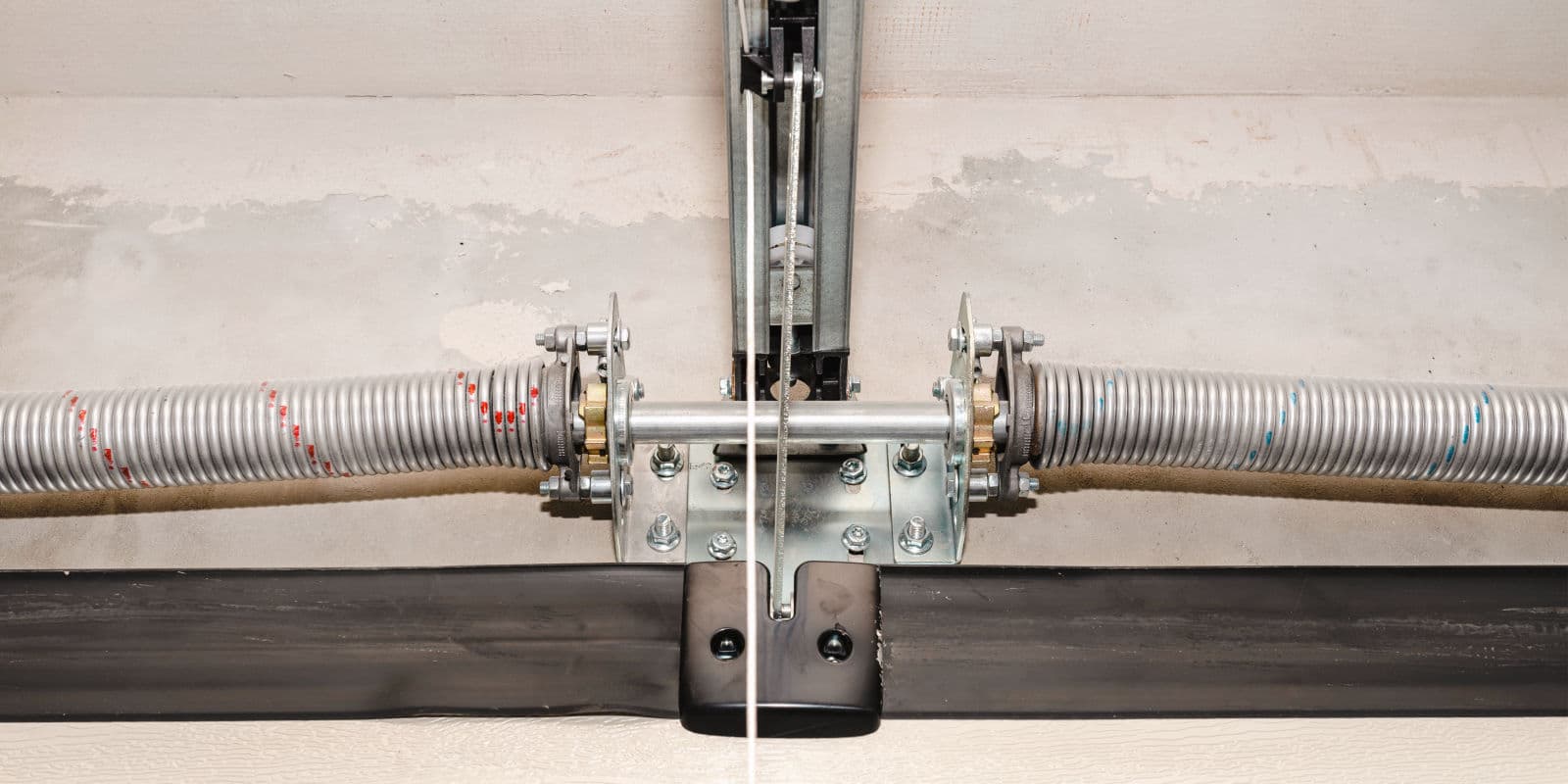
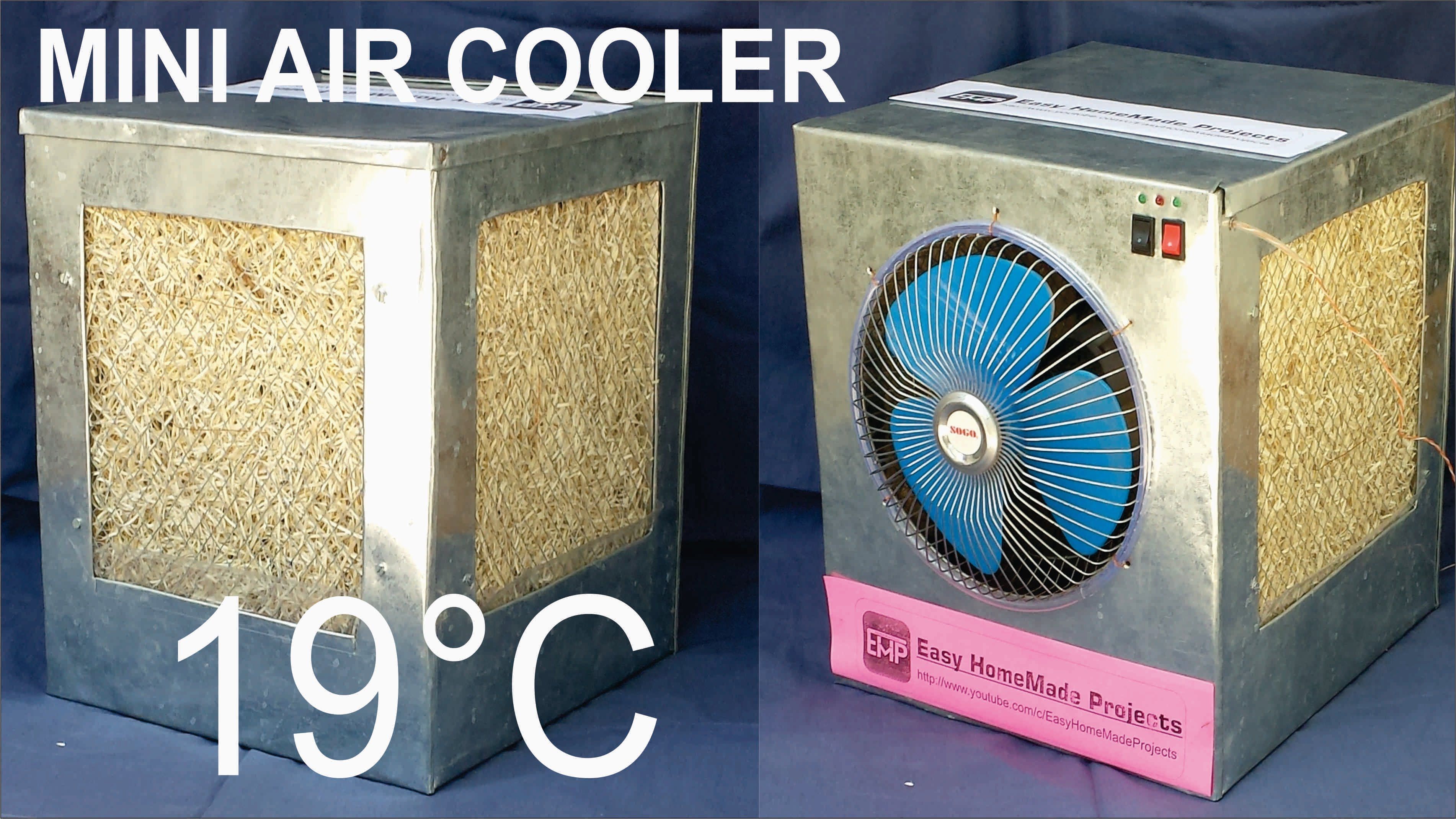



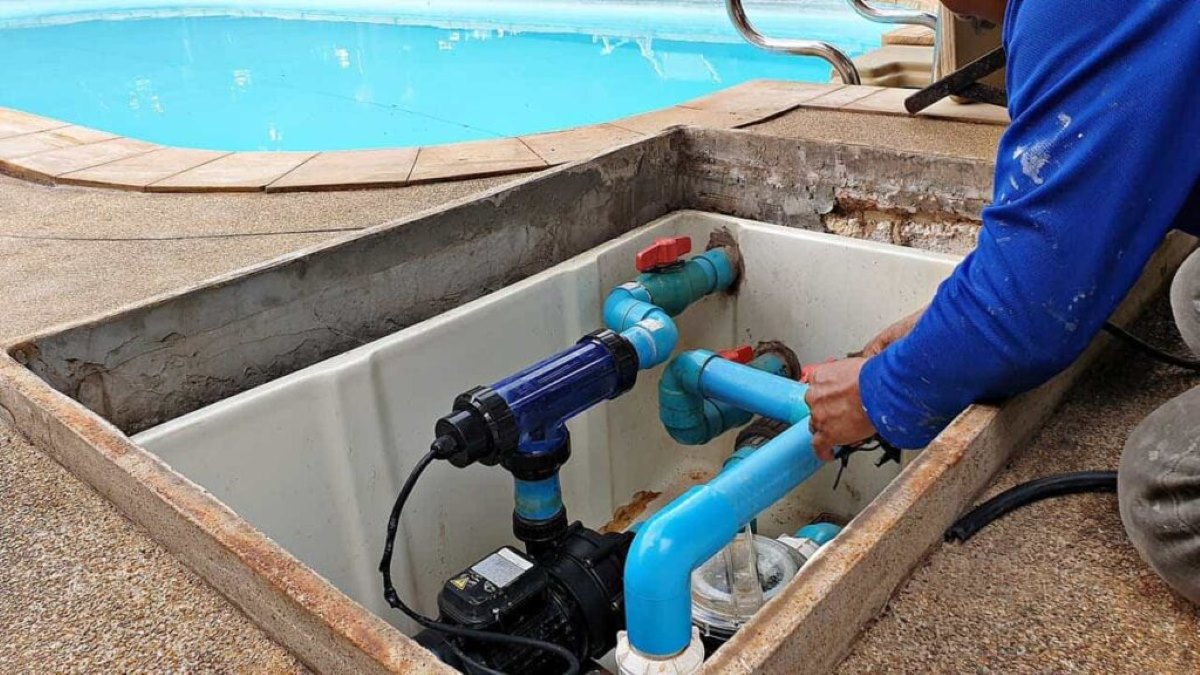
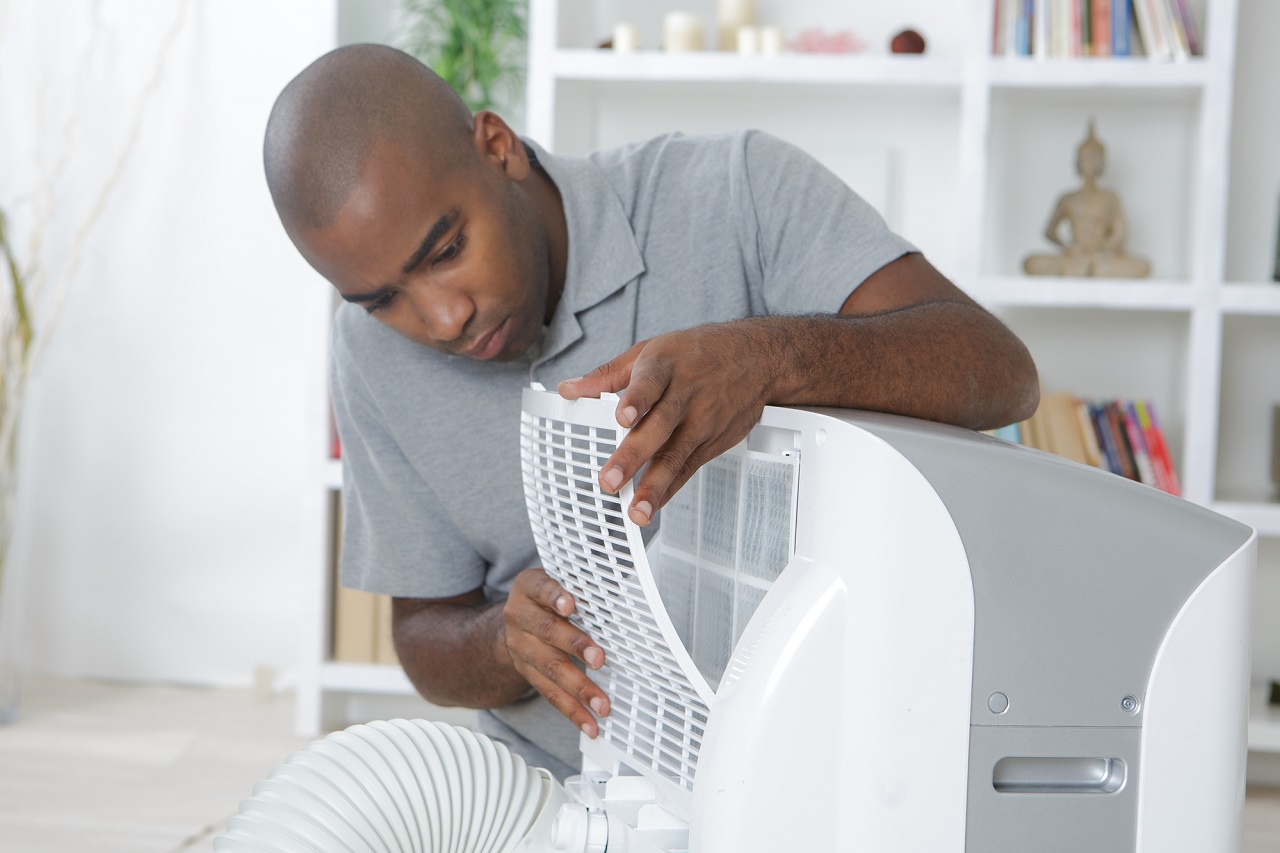


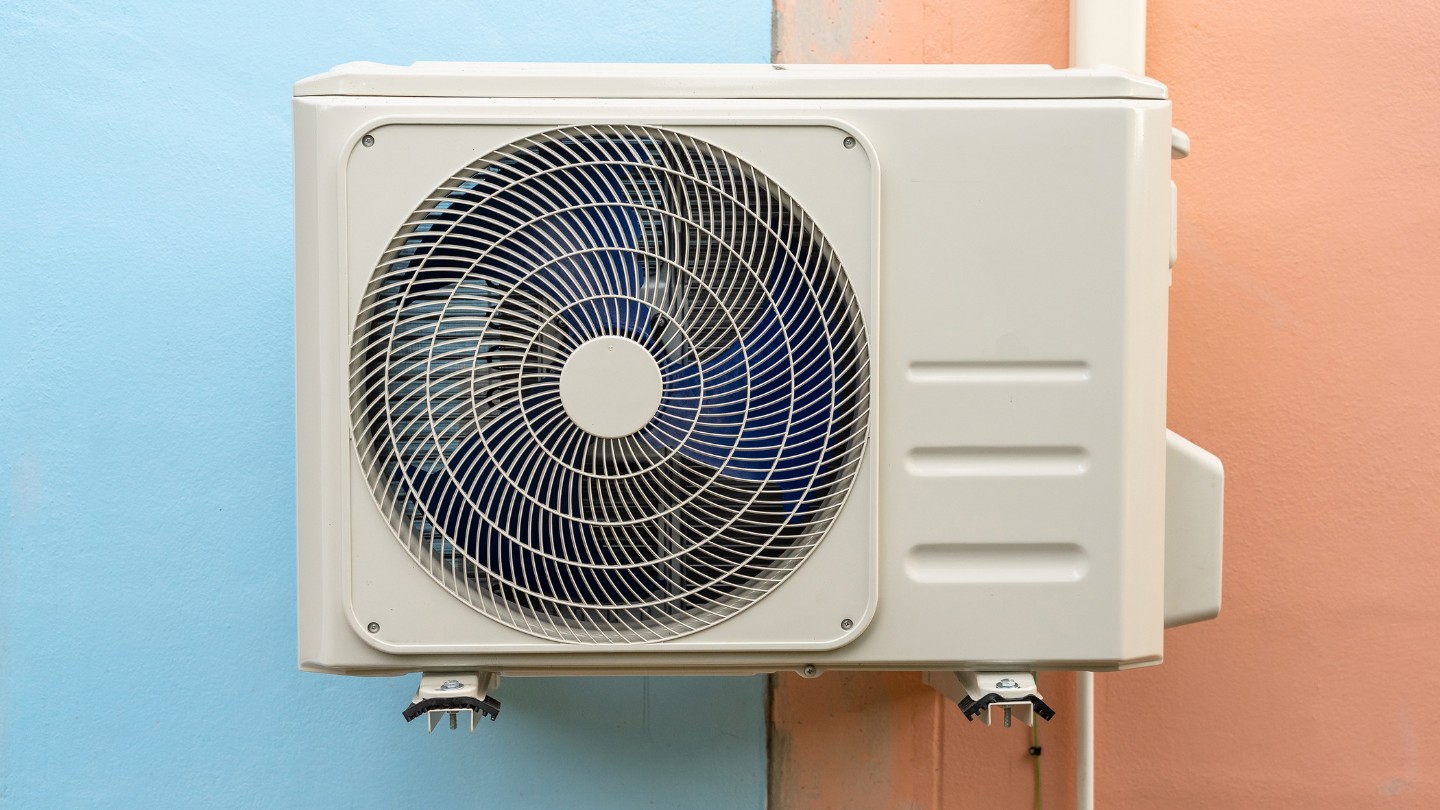

0 thoughts on “How To Make Outdoor Ac Unit Quieter”